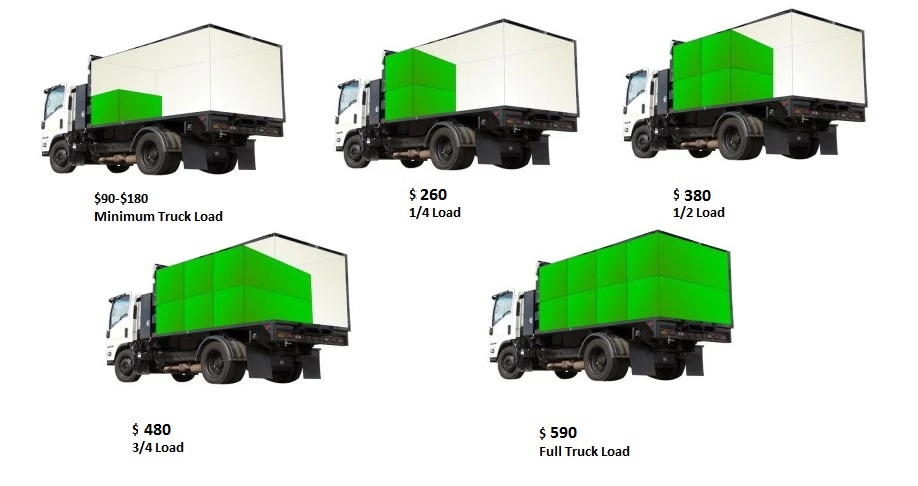Selecting The Perfect Dumpster Size For Your Project: A Thorough Guide
Selecting The Perfect Dumpster Size For Your Project: A Thorough Guide
Blog Article
Web Content By-Sparks Hahn
When starting a project that needs a dumpster, the dimension you select can considerably influence its effectiveness and cost-effectiveness. Imagine having the ideal container that fits all your waste without being exceedingly large or as well small. It all starts with understanding the subtleties of your project and picking a dumpster size that lines up with your certain needs. So, prior to you decide, take into consideration the variables at play to guarantee a seamless waste management process throughout.
Factors to Take into consideration
When choosing the appropriate dumpster dimension, there are numerous vital factors to think about.
Initially, think of the type of waste you'll be disposing of. Different materials may require differing amounts of area, so comprehending what you'll be placing in the dumpster is crucial.
Next off, examine the amount of waste you anticipate to generate. If you underestimate the quantity, you may need to make numerous journeys to get rid of whatever, which can be bothersome and pricey. On the other hand, renting out a dumpster that's as well big can result in unneeded expenditures.
In addition, take into consideration the room where the dumpster will be put. go to this site there's enough room for the dumpster to be supplied and picked up without any obstructions.
Last but not least, consider any weight limitations that may use. Exceeding the weight limit can cause extra costs and even the rejection of service.
Dumpster Size Choices
For picking the appropriate dumpster dimension, it's important to have a mutual understanding of the available alternatives. https://15-yd-dumpster-rental54208.blogrelation.com/36491147/browse-the-globe-of-environment-friendly-junk-elimination-solutions-to-discover-the-unexpected-means-they-profit-you-and-the-atmosphere vary from 10 to 40 cubic yards, with variants in between.
A 10-yard dumpster is suitable for small projects like a garage cleanout or a tiny restoration. If you're tackling a medium-sized job such as a kitchen area remodel or a cellar cleanout, a 20-yard dumpster may be the right option.
For larger jobs like a whole-house renovation or business building, a 30 or 40-yard dumpster could be preferable to accommodate the volume of waste produced.
When picking a dumpster size, take into consideration the amount and sort of debris you expect to get rid of. It's far better to pick a slightly larger dimension if you're unclear to prevent overfilling. Bear in mind, it's more economical to lease a dumpster that fits your demands as opposed to needing to get an extra one.
Matching Dimension to Project
Optimally matching the dumpster size to your job is important for reliable waste administration. To figure out the appropriate dimension, take into consideration the scope and nature of your job.
For small house cleanouts or improvements, a 10-yard dumpster might be adequate. These are usually 12 feet long and can hold about 4 pickup tons of waste.
For larger projects like redesigning several areas or clearing out a large estate, a 20-yard dumpster may be better. These are around 22 feet long and can hold about 8 pickup truck loads.
If you're taking on a major building task or industrial improvement, a 30-yard dumpster could be the best fit. These dumpsters are about 22 feet long and can accommodate regarding 12 pickup truck lots of debris.
Matching the dumpster dimension to your task guarantees you have adequate room for all waste products without overpaying for unused capability.
Verdict
To conclude, picking the ideal dumpster dimension for your task is critical for reliable garbage disposal. By considering variables like the kind and amount of waste, room accessibility, weight restrictions, and spending plan constraints, you can guarantee you have the proper size dumpster for your demands. See to it to match the dimension of the dumpster to the range and nature of your job to prevent overspending on unnecessary costs.
